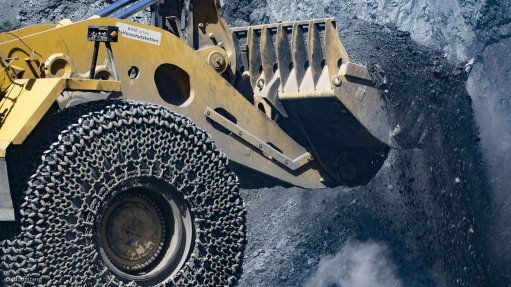
SHANGHAI – Rare earths are booming again as a clampdown on wildcat miners in China crimps supply in the world’s biggest producer while the clean energy boom bolsters their use in everything from electric vehicles to wind turbines.
Prices for “light” rare earths including neodymium and praseodymium have exploded in recent months as traders and consumers snap up material that’s becoming scarcer. China’s shutting down illegal producers as the industry is swept up in the same kind of government clampdowns that have shaken other metals markets in 2017. Among many other applications, the elements are needed to make magnets used in motors and turbines.
“The prices of light rare earths still have upside for the longer term,” Alice Mu, a Beijing-based analyst at researcher Argus Metals, said via Wechat message. “There are shortages emerging from the supply side as China’s government shuts down illegal mines, purchases for state reserves, and implements tighter environmental policies.”
China, which produces more than 80% of the world’s rare earths, is clamping down on mining as part of a campaign to tackle pollution and tighten control of its massive industrial complex. Measures to curb production have already driven up prices of aluminium and steel and now rare earths are feeling the heat just as demand accelerates.
Praseodymium-neodymium oxide, a raw material for the metal, has almost doubled this year, according to Shanghai Steelhome E-Commerce. Neodymium surged by nearly a third in August alone and is up 81% in 2017. Demand for some rare earths may exceed supply in the second half after the crackdown on illegal mines, Ma Rongzhang, secretary-general of the China Rare Earth Industry Association said, according to a Shanghai Securities News report last week.
ELECTRIC REVOLUTION
The rare earths join once-niche metals including lithium and cobalt as beneficiaries of rapid growth in the electric vehicle industry and renewable energy.
Global sales of electric vehicles increased by 55% last year to 695 000, primarily driven by China, according to Bloomberg New Energy Finance. While that’s a tiny fraction of the world total, they’ll account for more than half of new sales by 2040 when a third of all cars on the road will be electric-powered, BNEF forecasts.
Usage of magnetic rare earths in such vehicles is expected to grow from about 2 000 metric tons last year to 7 000 t by 2020 and 12 000 t by 2024, according to a presentation dated last month from Lynas, the biggest rare earths miner outside China. Its shares are up 160% this year.
Growth in demand for wind turbines will double usage of the metals to 4 000 t by 2024, according to Lynas. BNEF forecasts that onshore wind power will account for a quarter of all new power generating capacity additions globally over the next 23 years.
The last time rare earth prices spiked was in 2010 to 2011, when China triggered fears of a global shortage by restricting its exports. Prices eventually slumped as manufacturers turned to alternatives. The World Trade Organisation subsequently ruled in favour of a US complaint that China violated trade rules.
Similar to China’s major steelmakers, which are benefiting from the clampdown on smaller rivals, the nation’s chief state-owned rare earths producers are enjoying a strong year. China Northern Rare Earth Group High-Tech, the biggest, is up 53% this year, while China Minmetals Rare Earths is up 27%.